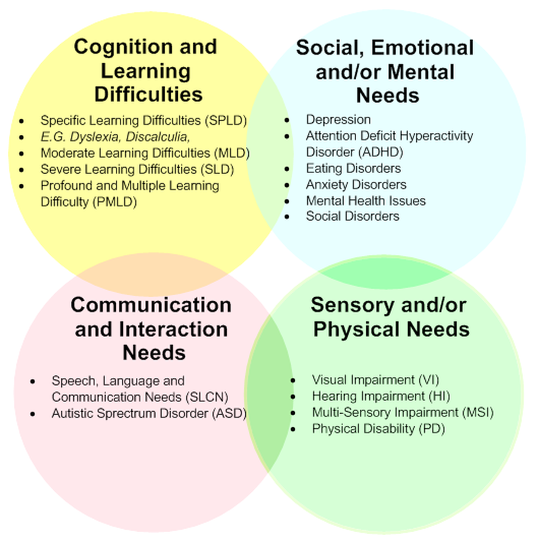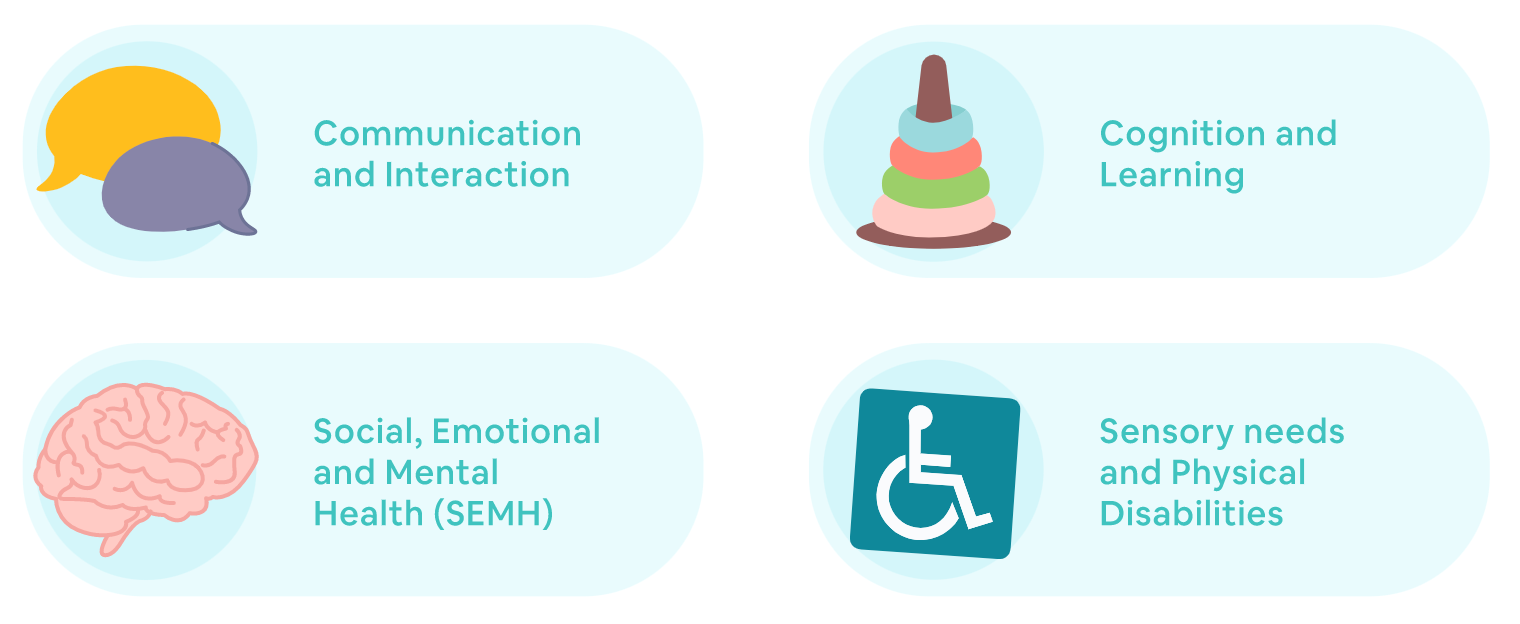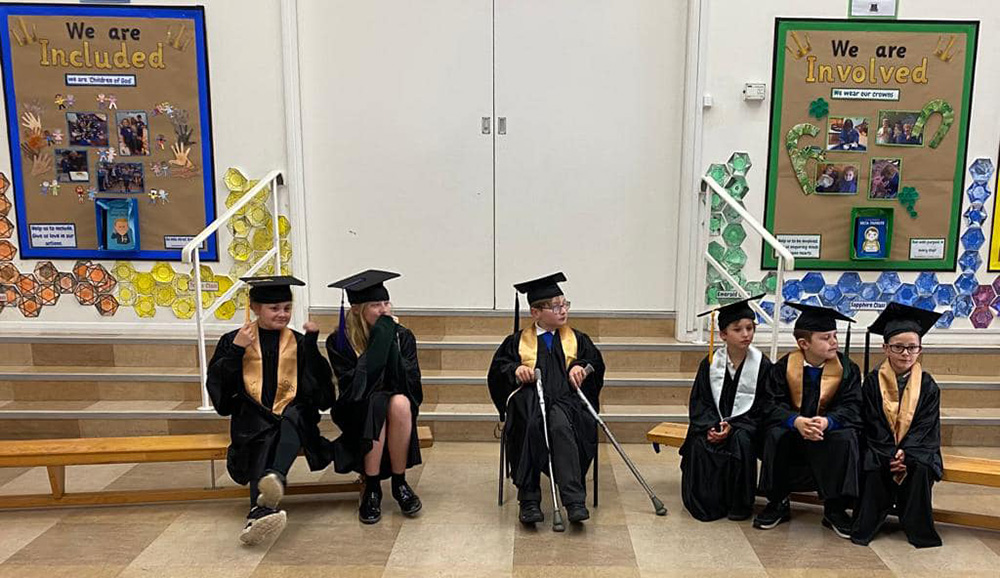An Introduction to Special Educational Needs and Disabilities (SEND)
Welcome to our SEND pages, designed to support families that have children with a special educational need or disability (SEND). We hope you will enjoy reading about the variety of ways in which All Saints’ is able to support pupils with a range of SEND to reach their full potential. If you need any further information, please do not hesitate to contact the SEND Team.
If you have been directed to these pages because your child has recently been diagnosed with SEND, we would like to begin by saying, "Don't panic." Although this may be a new and potentially daunting experience, we are here to help and support both you and your child in any way that we can.
At All Saints’ we are committed to inclusion; the pupils are at the heart of everything that we do. We embrace the fact that every child is different and, therefore, the educational needs of every child are different – this is certainly the case for children with SEND. We believe that each individual should have their needs met within a safe, accessible and caring environment.
The journey through primary school should be enjoyable, memorable and valuable for everyone and so we strive to provide a broad, engaging curriculum so that regardless of need children thrive and achieve their potential.
Let’s work together to get the best possible outcomes for your child.
In the Resources panel, you will find links to our SEND policy, our SEND Information Report (updated each June) and other useful information, as well as a link to Suffolk County Council website and its ‘Local Offer’, which explains the range of support available for families that have a child with SEND.
How is SEND is officially defined?
The SEND Code of Practice: 0 to 25 years (Department for Education, 2015) provides statutory guidance for organisations that work with and support children and young people with SEND. The Introduction states:
“A child or young person has SEN if they have a learning difficulty or disability which calls for special educational provision to be made for him or her … A child of compulsory school age or a young person has a learning difficulty or disability if he or she:
- has a significantly greater difficulty in learning than the majority of others of the same age, or
- has a disability which prevents or hinders him or her from making use of facilities of a kind generally provided for others of the same age in mainstream schools”
(paragraphs xiii-xiv, pages 15-16).
For younger children, paragraph xvi (p. 16) explains:
“A child under compulsory school age has special educational needs if he or she is likely to fall within the definition in paragraph xiv. above when they reach compulsory school age or would do so if special educational provision was not made for them (Section 20 Children and Families Act 2014).”
The Code also sets out four broad areas of SEND (paragraph 5.32, p. 85):
The Code adds,
“individual children often have needs that cut across all these areas and their needs may change over time. For instance speech, language and communication needs can also be a feature of a number of other areas of SEN, and children with an Autism Spectrum Disorder may have needs across all areas. The special educational provision made for a child should always be based on an understanding of their particular strengths and needs and should seek to address them all, using well-evidenced interventions targeted at areas of difficulty and, where necessary, specialist equipment or software. This will help to overcome barriers to learning and participation. Support should be family centred and should consider the individual family’s needs and the best ways to support them.” (Paragraph 5.33, p. 85.)
If you would like to read the full SEND Code of Practice, please click here to download a pdf version.
https://www.gov.uk/government/publications/send-code-of-practice-0-to-25
SEND Code of Practice
The SEND Code of Practice 2014 (updated January 2015) sets out four broad areas of special educational need that include a range of difficulties and conditions:


The SEND Code of Practice states that:
Many children and young people have difficulties that fit clearly into one of these areas; some have needs that span two or more areas; for others the precise nature of their need may not be clear at the outset.
The code of practice provides statutory guidance for organisations that work with and support children and young people with special educational needs and disabilities.
If you want to read the full document, please click here to download a pdf version.
https://www.gov.uk/government/publications/send-code-of-practice-0-to-25
Below, you will find links to our school policies and our local offer for children with SEND, as well as a link to Suffolk County Council website and local offer, which provides a wealth of information to support families who have a child or young person with SEND.
Our SEND Information Report (2021-2022)
Our School Offer for pupils with SEND
https://www.suffolk.gov.uk/children-families-and-learning/send-and-the-local-offer/


